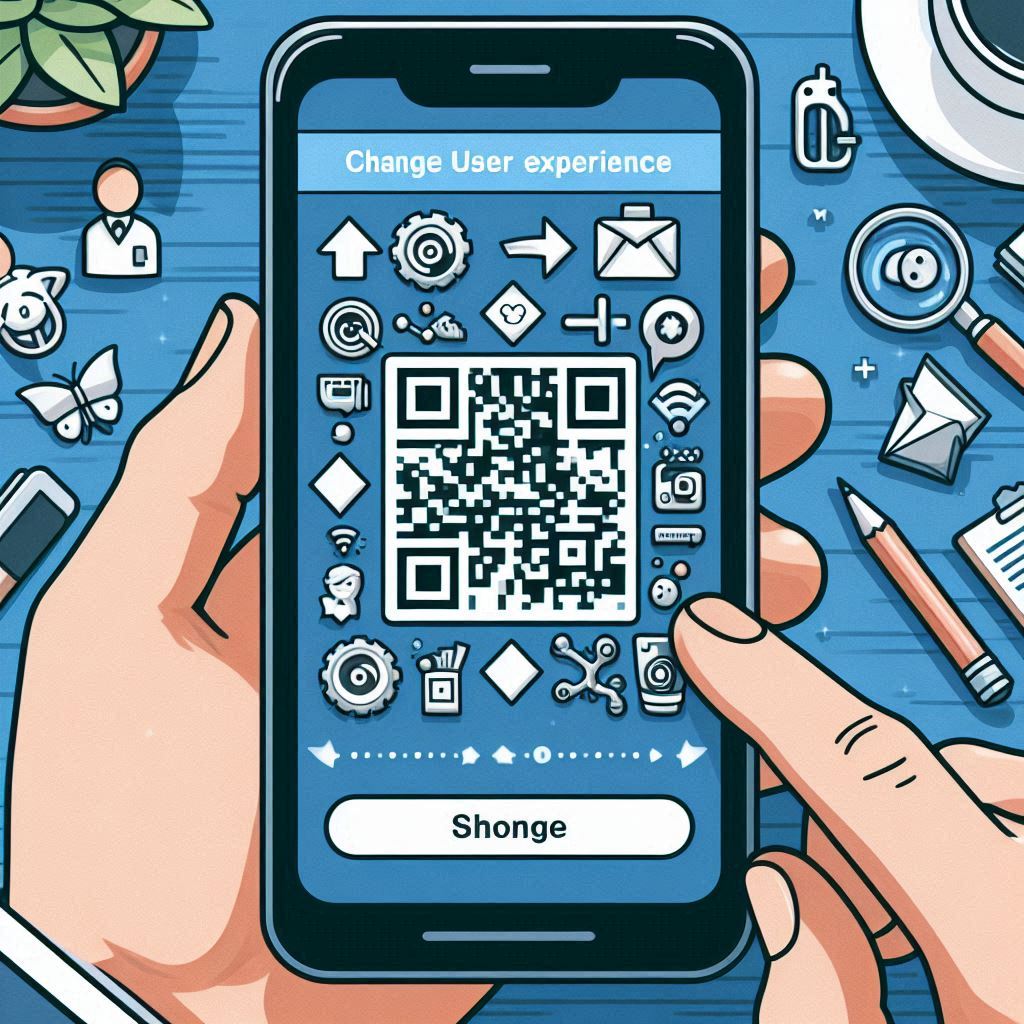In recent years, the adoption of QR (Quick Response) codes for payment systems in India has significantly transformed the landscape of digital transactions. This technology, known for its simplicity and efficiency, has brought about profound changes in how individuals and businesses conduct financial transactions. This article explores the impact of QR codes on payment systems in India, highlighting their benefits, challenges, and future prospects.
The Rise of QR Code Payments in India
The proliferation of smartphones and the internet, coupled with government initiatives such as Digital India and demonetization, have set the stage for the rapid adoption of QR code payments in the country. The Unified Payments Interface (UPI), launched by the National Payments Corporation of India (NPCI), has played a pivotal role in promoting QR code payments. UPI’s interoperability allows seamless transactions between different banks and payment platforms, making it a popular choice among users.
Benefits of QR Code Payments
- Convenience and Accessibility: QR code payments offer a convenient and accessible way for consumers to make transactions. Users can simply scan a QR code using their smartphones to complete a payment, eliminating the need for cash or physical cards. This ease of use has made digital payments more inclusive, reaching even remote areas where traditional banking infrastructure is limited.
- Cost-Effectiveness: For businesses, especially small and medium-sized enterprises (SMEs), QR code payments are cost-effective. Unlike traditional point-of-sale (POS) systems, which require expensive hardware and maintenance, QR codes can be generated and displayed with minimal investment. This affordability has encouraged a large number of merchants to adopt QR code payments.
- Enhanced Security: QR code payments offer enhanced security features. Transactions are encrypted, reducing the risk of data breaches and fraud. Additionally, the dynamic nature of QR codes, which can change with each transaction, further enhances security by preventing duplication and tampering.
- Speed and Efficiency: Transactions through QR codes are quick and efficient. The instant payment feature of UPI ensures that funds are transferred immediately, reducing the waiting time for both consumers and merchants. This speed and efficiency have contributed to the widespread acceptance of QR code payments in various sectors, including retail, hospitality, and transportation.
Challenges and Limitations
Despite the numerous advantages, the adoption of QR code payments in India is not without challenges:
- Technological Barriers: While smartphone penetration is high, there are still segments of the population without access to the necessary technology or internet connectivity. This digital divide can limit the reach of QR code payments.
- Security Concerns: Although QR code payments are generally secure, there have been instances of phishing and QR code manipulation. Scammers can create fake QR codes to deceive users into transferring funds to fraudulent accounts. Educating consumers about these risks is crucial to ensure the safe use of QR code payments.
- Infrastructure Gaps: In rural areas, where internet connectivity can be unreliable, the effectiveness of QR code payments can be compromised. Improving digital infrastructure is essential to ensure the seamless operation of QR code payment systems across the country.
Future Prospects
The future of QR code payments in India looks promising, with several trends and developments expected to drive further growth:
- Integration with Emerging Technologies: The integration of QR code payments with emerging technologies such as blockchain and artificial intelligence (AI) can enhance security and provide new functionalities. For example, AI can help detect fraudulent transactions in real-time, adding an extra layer of protection for users.
- Government Initiatives: Continued support from the government, including incentives for digital payments and the development of a robust regulatory framework, will play a critical role in the sustained growth of QR code payments. Initiatives like the Reserve Bank of India’s (RBI) push for a cashless economy are likely to drive further adoption.
- Expansion into New Sectors: QR code payments are expected to expand into new sectors such as healthcare, education, and public services. The versatility of QR codes makes them suitable for a wide range of applications, from paying hospital bills to making school fee payments.
- Global Trends: The success of QR code payments in India can serve as a model for other developing countries looking to enhance their digital payment infrastructure. Lessons learned from India’s experience can inform the implementation of similar systems in other regions.
Conclusion
The impact of QR codes on payment systems in India has been transformative, driving financial inclusion, convenience, and efficiency. While challenges remain, the continued evolution of technology, coupled with supportive government policies, promises a bright future for QR code payments. As India moves towards a more digital economy, QR codes are set to play a central role in shaping the country’s payment landscape.







